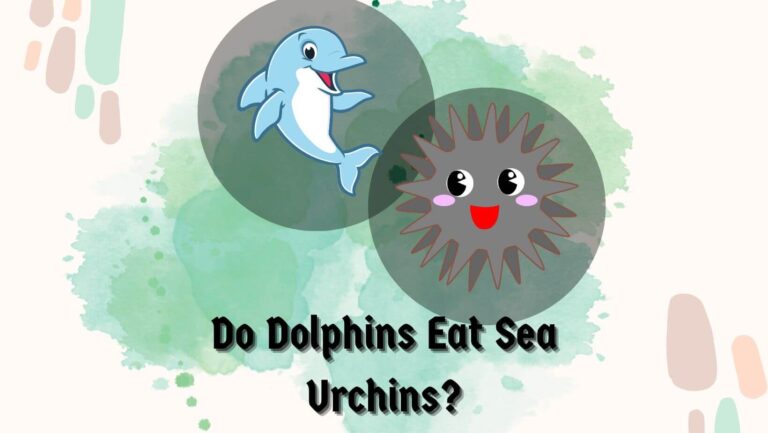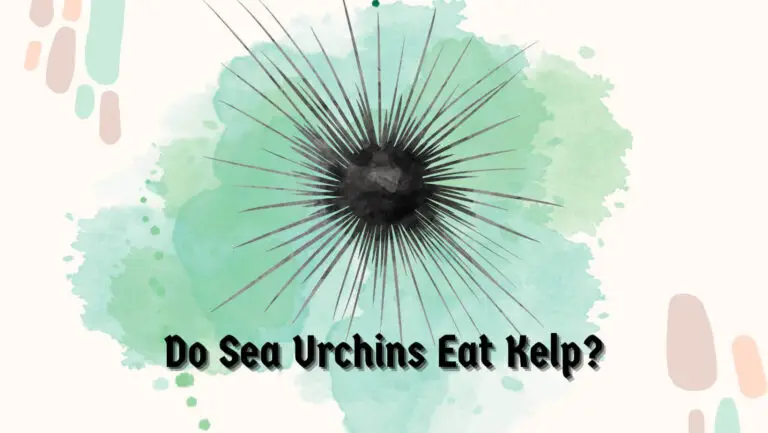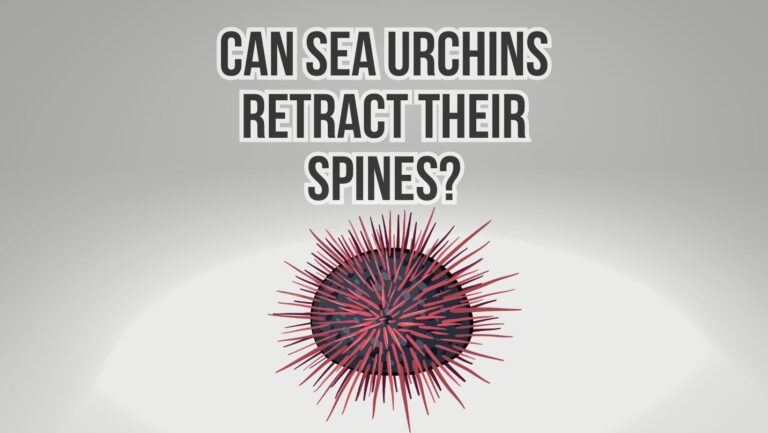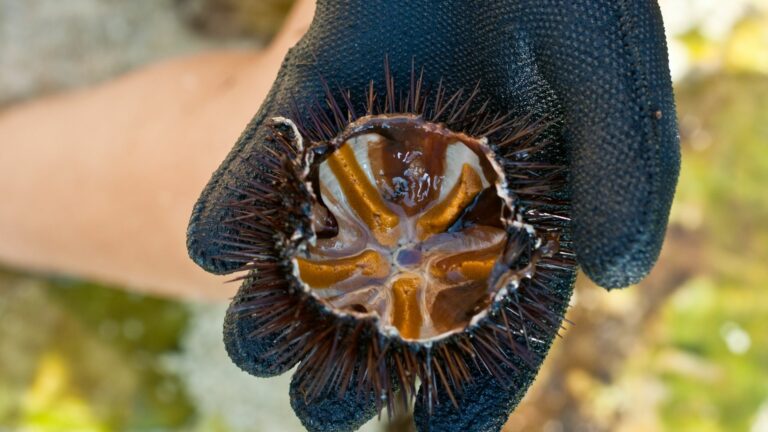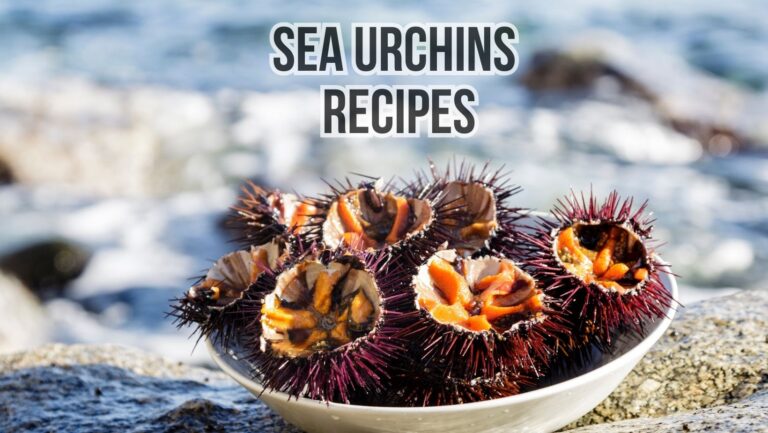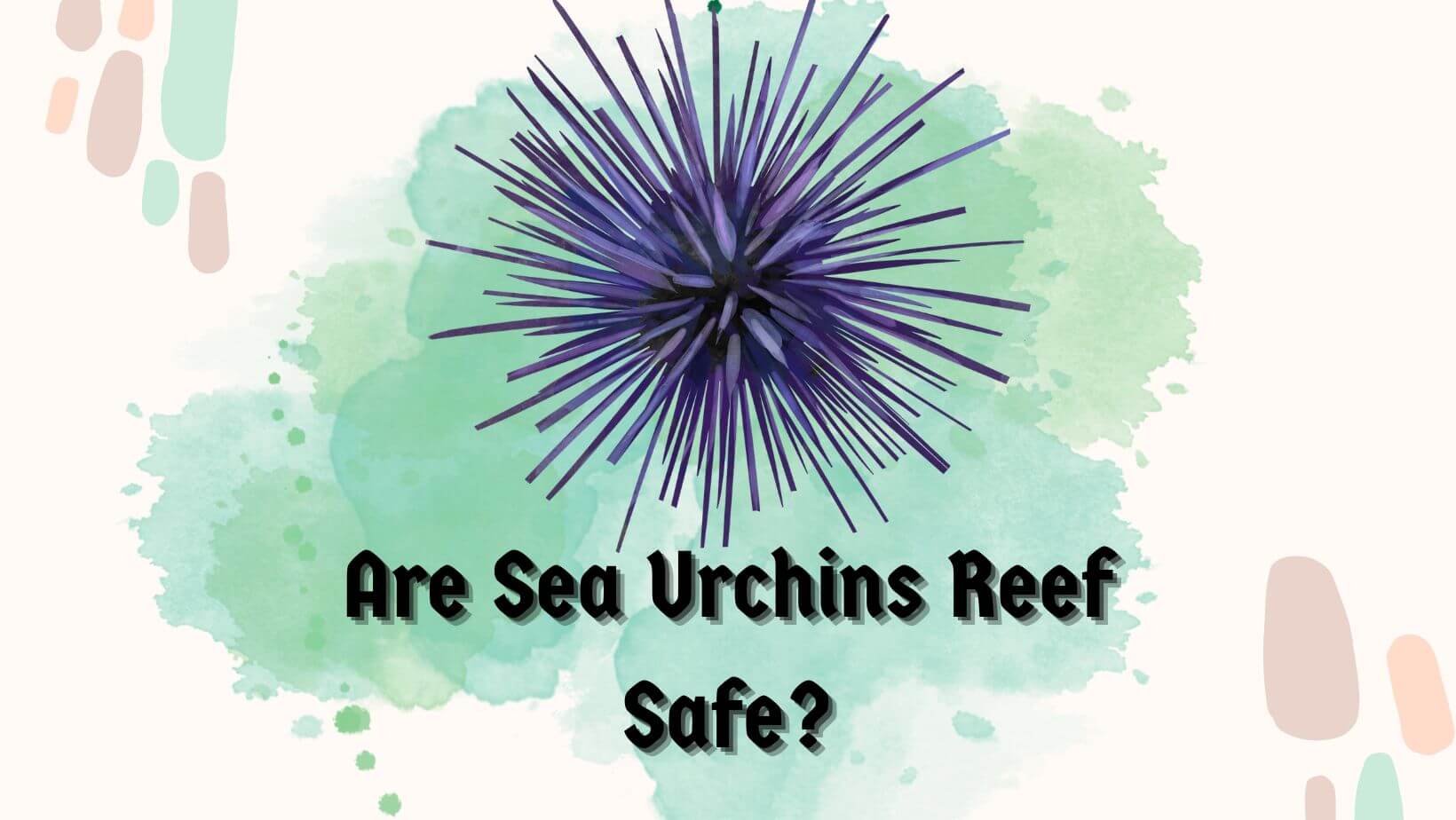
If you are worried about the reef’s current poor status and wonder, ‘Are sea urchins reef safe?’ then you are not alone. Sea urchin provides various purposes in their ecosystem, like providing habitats, food sources, and shelter to much marine life.
Thus, it’s important to ensure its safety for the overall balance of the marine ecosystem. In this article, I will answer the question: ‘Are sea urchins reef safe,’ and also examine the relationship between the sea urchins.
Further, I will help you explore the factors that can determine whether sea urchins are reef safe. We will also highlight the benefits of having reef-safe sea urchins in the Marine environment. But before all of these, let’s start with knowing: are sea urchins reefs safe?
Table of Contents
Are Sea Urchins Reef Safe?
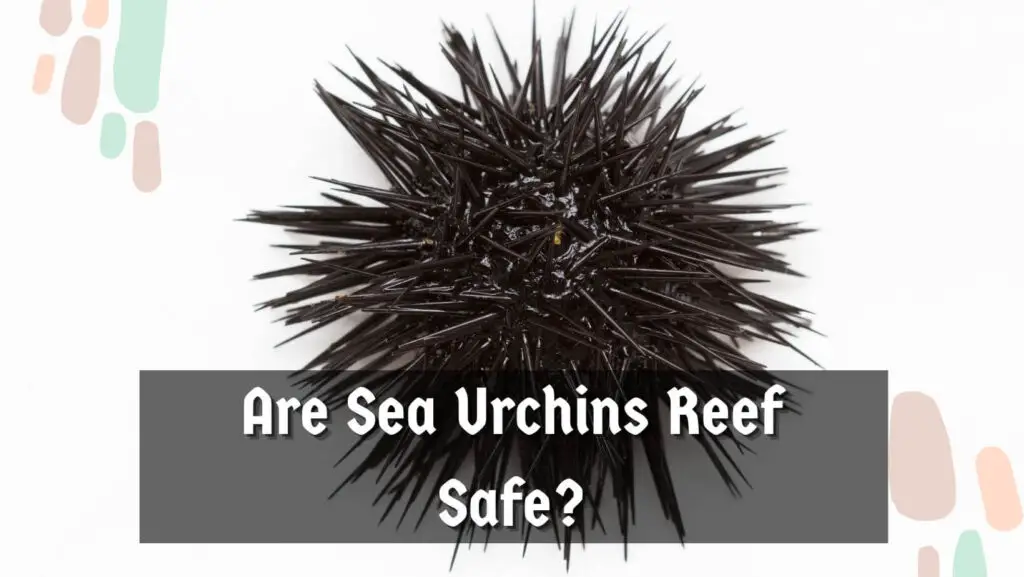
Yes, sea urchins are completely safe creatures for rent. Sea urchins play a crucial role in maintaining the ecological balance of coral reefs by primarily feeding algae on them. The relationship between sea urchins and reefs can be complex and dynamic for many to understand.
Even though most of the sea urchin species are considered safe for reefs, some species can also be destructive to coral reefs by overgrazing on the live coral.
However, most of them are considered to be reef safe and contribute positively to the ecosystem. Below I mention some of the sea urchin species considered reef safe.
| Species | Reef Safety Rating |
| Purple Sea Urchin (Strongylocentrotus purpuratus) | Safe |
| Tuxedo Urchin (Mespilia globulus) | Safe |
| Slate Pencil Urchin (Eucidaris tribuloides) | Safe |
5 Factors Determining Reef Safety
You should also note that many factors can contribute to determining whether sea urchins are reef safe. You must understand each of these factors properly in assessing their impact on coral reefs to take the right approach toward preventive measures. Let’s take a quick look at these factors closely.
- Diet: It is important to determine what type of diet particular sea urchins prefer when they graze on live corals or algae. It is important to know that most reef-safe sea urchins feed on algae, which controls it and smothers corals. As I told you earlier, there are a few species that are also known to graze vigorously on coral as well.
- Spine Length. It would help to consider the length of sea urchins’ spines, which may affect their impact on coral reefs. You should know that the longer the spine of sea urchins is, the more chance it has to cause harm to the coral reef while the sea urchins are moving or grazing on them. For coral reefs, sea urchins with shorter spines are best for their safety and the assurance of a healthy Marine ecosystem.
- Population: Definitely, a large number of sea urchins population can have a significant impact on reef safety as well. You should note that the area with a high population of sea urchin density always leads to overgrazing of algae and coral, causing damage to the ecosystem. Therefore, if any reef is experiencing a high population of sea urchin density, introducing predators like sea otters can help management.
- Reproduction Rate. You should note that some species of sea urchins are known to have high reproduction rates due to grazing on kelp. Yes, the species that primarily graze on kelp tend to have a high reproduction rate, which can lead to a quick increase in their population size, again putting the safety in doubt. Sea urchins with high reproduction rates can have a significant impact on reefs, as well as surrounding algal communities.
- Behavior Adaptation: You should note that certain behavior adaptations of sea urchins can also mitigate coral damage. For instance, some species of sea urchins tend to graze selectively on ree that compete with coral larvae, adding to the recovery and growth of the coral population.
5 Benefits of Reef-Safe Sea Urchins
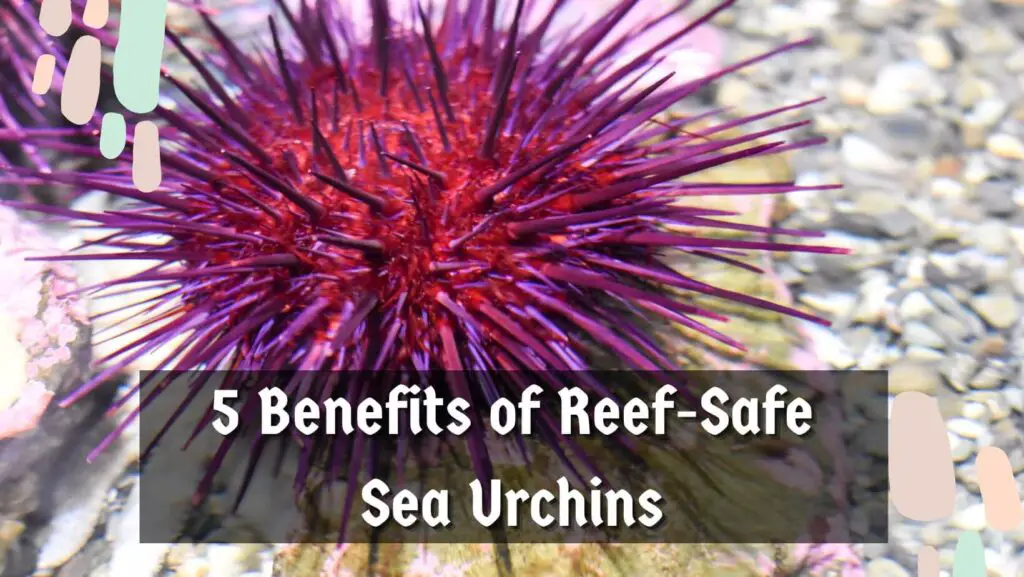
As I told you, most sea urchins are considered reef safe and offer several benefits to Marine ecosystems, particularly coral reefs. Below, I’m mentioning three notable advantages of reef-safe sea urchins.
- Algae Control: As I told you earlier, sea urchins play a crucial role in controlling the algae growth on reefs which further promotes the health of coral reefs as well. You should know that algae are known to grow rapidly, which can overtake corals, inhibiting their growth and smothering them. By grazing on excessive algae, sea urchins help prevent overgrowth while maintaining a healthy balance between coral and vegetation.
- Coral Regeneration: In fact, you can also find some reef-safe sea urchins that facilitate coral regeneration as well. Yes, you heard it right; there are a few specific sea urchin species known for selective grazing on algae which compete with coral larvae for space & resources. By reducing the presence of computing algae, the sea urchins create a favorable condition for coral larvae settlement which further aids in the recovery and the growth of the coral population, helping maintain the balance of the ecosystem. Also read: Do Sea Urchins Harm Coral?.
- Enhanced Biodiversity: Coral reefs and sea urchins provide a well-balanced environment for many marine life & species. They together further increase biodiversity. As I told you, reef-safe sea urchins help prevent the dominance of certain species, allowing for a diverse range of organisms to thrive within the reef ecosystem. Further, this increase biodiversity, contributing to the resilience and overall health of the Marine environment.
Role of Sea Urchins in Reef Ecosystem Engineering
With the help of their feeding habits and movement pattern, sea urchins are known to actively shape and influence the physical structure of coral reefs as well.
You should know that they are not only helping in controlling the algae growth & maintain a healthy balance between coral and algae on reefs and enhancing coral recruitment.
Yes, sea urchins create favorable conditions for new corals to establish themselves, contributing to the overall biodiversity and stabilizing the reef ecosystem.
In addition, sea urchins, with their specialized mouthparts called Aristotle lanterns, facilitate bioerosion by feeding on dead Coral and contributing to the breakdown of calcium carbonate structures.
This bioerosion process also helps create nooks and crannies within the reef, which serve as an important hiding place and shelter for various reef organisms.
Adding to this, you should know that sea urchins’ movement and borrowing activities also aid in sedimentation stabilization, which further prevents excessive erosion and maintains the integrity of the structure & ecosystem.
3 Potential Risks Associated with Sea Urchin Overpopulation
Even though there are many benefits of sea urchins in the reef system, they may also negatively impact them. Therefore, you must understand these potential risks to make a well-informed strategy to help balance the species and reef so they coexist without any complications.
- Excessive Coral Grazing: As I told you earlier, in some cases, sea urchins multiply rapidly, and their population also explodes. Too much population of sea urchins often leads to overgrazing of coral which causes significant damage to the reef structure and depletes the coral populations too.
- Altered Benthic Community Composition: In addition to the excessive Coral grazing, overpopulation of sea urchins also impacts the diversity and composition of ethnic communities by selectively feeding on certain species of algae. This not only leads to imbalances and shifts in the ecosystem but also affects other reef organisms severely.
- Ecosystem Instability: When the sea urchin population becomes too much for the reef to handle, their delicate balance starts to disrupt, leading to this stabilization and reduced overall resilience.
Recent Posts
Managing Reef Safety with Sea Urchins
If you want to maintain reef safety and ensure these ecosystems’ long-term health, you should work towards effective management strategies. Not all of the strategies are possible to be done individually.
It may require policymakers, scientists as well as the local community. But there are a few that you can help with, like raising awareness, therefore, below and mentioning five strategies that have been proven to be successful.
- Predation Control: You can always consider encouraging new predators, like certain species of lobster or fish that primarily feed on sea urchins, to regulate the population and prevent overgrazing. However, make sure not to choose their natural Predator like sea otters, which can also lead to an unwanted decline of the sea urchin population. Depending upon the species of sea urchins and the degree of issue, you should introduce any Predator.
- Habitat Restoration: We should also work towards restoring damaged or degraded reefs, providing a suitable environment for predators as well as competitors of sea urchins, which will also promote a more balanced ecosystem
- Selective Harvesting: As you know, sea urchins are highly sought after for their culinary delicacy, increasing the demand for sea urchin harvesting. Thus, it is important to implement controlled harvesting, which can help maintain their population optimally. Yes, a few regions with abundant sea urchins can start to harvest and benefit their economy. It will also help local communities gain some advantages by harvesting sea urchins
- Education and Outreach: The best thing you can do is raise awareness among the local communities, tourists, and divers about the importance of reef conservation and the role of sea urchins. Believe it or not, it can foster a sense of responsibility and encourage responsible reef introductions.
- Monitoring Programs: Government should work towards establishing a long-term monitoring program to track the sea urchin population in coral reefs and major reef conditions to get valuable data required for informed decision-making and adaptive management.
Conclusion
It is important to understand that sea urchins are completely reef safe and pose no threat unless their population density increases due to the absence of predators or highly favorable conditions.
You must understand the concept of reef safety and the role of sea urchins within the Marine ecosystem to preserve the health and longevity of coral reefs. I’ve given you all the information you need to know: are sea urchin reefs safe?
If you find this article helpful, then consider sharing it. Your share will help people learn not only about the answer to the question: are sea urchins reef safe but also understand the factors that may contribute to reef safety, so they can implement strategies to protect these delicate habitats.
Check out our other helpful guides shared on this website on sea urchins, which are fun and quite informative to read. See you in the next post. Till then, take care & goodbye.


